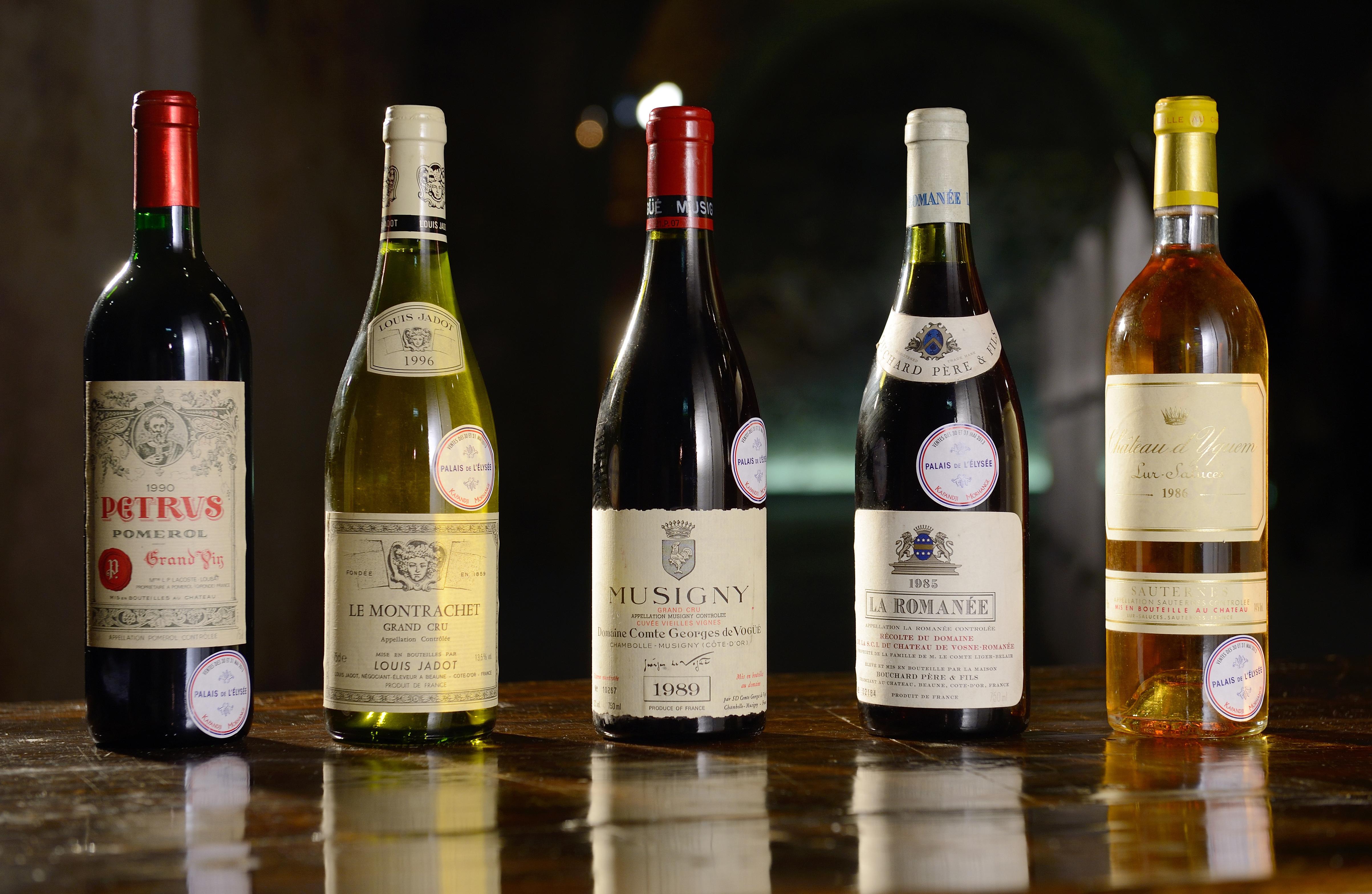Last week in Slate, I wrote about why it’s surprisingly difficult to detect wine forgery. In the article, I briefly mentioned one technique that collectors and appraisers have used to authenticate rare bottles: radioactive dating. In particular, searching for trace amounts of cesium-137—a radioactive isotope that was released during nuclear weapons tests—can help resolve whether a wine was bottled before or after the mid-20th-century advent of such technology.
I figured the idea of using radioactive dating to analyze wine (science!) was a generally interesting addition to the piece and would help convey the lengths to which elite collectors will go to authenticate their purchases. (Bill Koch of Koch brothers fame once enlisted a retired FBI agent to travel to a remote section of the Alps, where he could get his alleged Jeffersonian wine bottle tested for cesium-137 by a French physicist.) But when I got an annotated draft back from my editor, I saw she had just one note on the section: “There is radiation in my wine?!?”
To shed more light on that question, I called up Peter Hosemann, a professor in the department of nuclear engineering at the University of California at Berkeley. “Cesium-137 is in very low levels throughout the environment,” Hosemann explains. It comes from nuclear testing and resides in the soil, getting into plants and their fruit through the roots. In the case of wine, the small amount of cesium-137 that finds its way into grapes gets trapped in the liquid during the bottling process. “Probably all wine bottled after 1945 contains traces of the isotope,” Hosemann says.
So it’s not quite that your wine is dangerously radioactive, but rather that it contains trace amounts of radioactive isotopes. But then, so do bananas. What’s amazing is that these tiny amounts of radioactivity as well as rare-earth elements can be used to help pinpoint both when and where the liquid in a bottle was made. “Differences in elements among regions have been correlated not only with the climatic conditions but also by cultural practices used in the vineyard, wine-making process and viticulture technology,” researchers from the Agricultural University of Athens wrote in a 2012 paper on determining the geographic origins of foods.
Styrian pumpkin seed oil, a specialty of southeastern Austria that can cost upward of $20 for a handful of ounces, is another food that has been traced in a similar manner. Independent analyses have shown the contents of many bottles to be shams; rare-earth element analysis is considered an effective technique for ID’ing samples “even from very small regions.” These sorts of chemical analyses have been applied to products as wide ranging as tomatoes, dairy products, and honey to determine geographical origin.
Scientists are optimistic about the techniques as a means to combat fraud in rare foods and beverages. “The analysis of isotopes of the main elements makes the method very robust and forgery-proof, since an artificial modification is very difficult,” a 2013 paper in the journal Food Chemistry noted. On the other hand, these measures are costly and impractical for everyday use. But we can hope. Maybe one day we’ll all conduct such scientific tests of food from the comfort of our homes.
